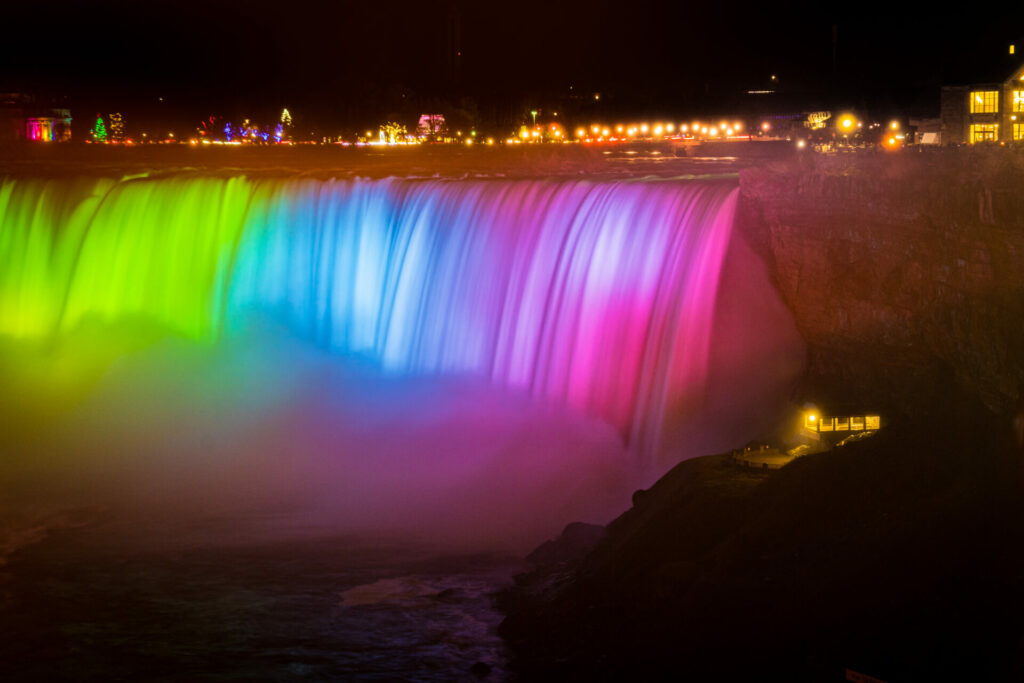
The Bridges of Ashtabula County
As you pass through one of Ohio’s historic covered bridges, the past and present collide. Ashtabula County, in Ohio’s northeast corner, is considered the covered bridge capital of the state and is home to 19 of these unique structures.
Some look upon these engineering feats and appreciate the craftsmanship and ingenuity of the builders. Others are in awe of the simple beauty of the historic structure as part of the landscape: magical and colorful crossings set against the area’s rolling hills and vineyards. Covered bridges offer a one-of-a-kind look at a bygone era.
Many ask why the bridges are covered. It has been speculated that the purpose was to provide shelter during inclement weather or to prevent horses from being afraid of crossing the water. The real reason is to protect the structure supporting the bridge. Without protection from the elements, the wooden timbers supporting the bridge would decay and eventually collapse. By keeping them dry, the bridges will last much longer.

The earliest documented covered bridge structures date back to 1805, but Ashtabula County boasts a bridge as recent as 2016: Riverview pedestrian bridge which is located under Smolen-Gulf. The longest covered bridge in the United States is the Smolen-Gulf Bridge at a length of 613 feet. Built in 2008, it has a life expectancy of 100 years. Also found in northeast Ohio is America’s shortest: Liberty Street Bridge.

Of Ashtabula’s 19 bridges, 17 are still operational, allowing vehicle traffic through year round. The annual Covered Bridge Festival takes place the second full weekend every October and consists of a self-guided tour where visitors will find entertainment and refreshments at each bridge.
For more information or to request a covered bridge driving map, visit www.VisitAshtabulaCounty.com or call 440-275-3202.
Covered Bridges Ashtabula County






